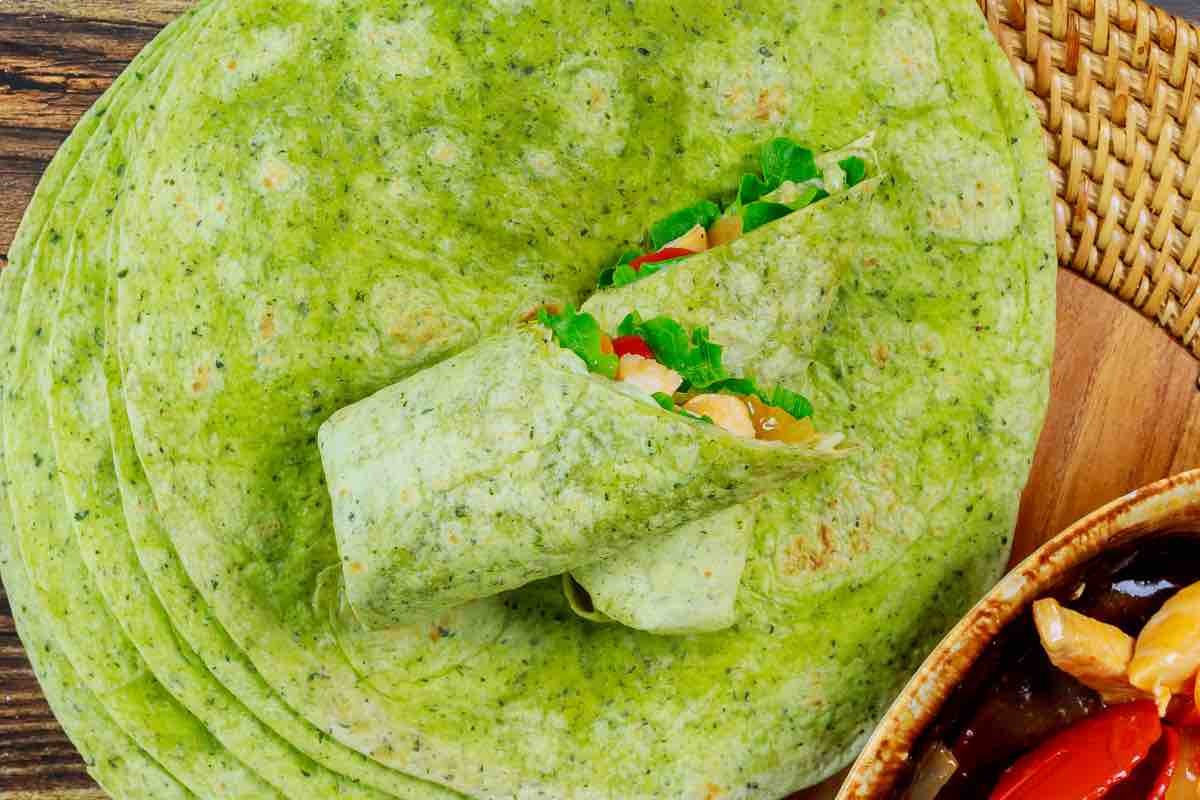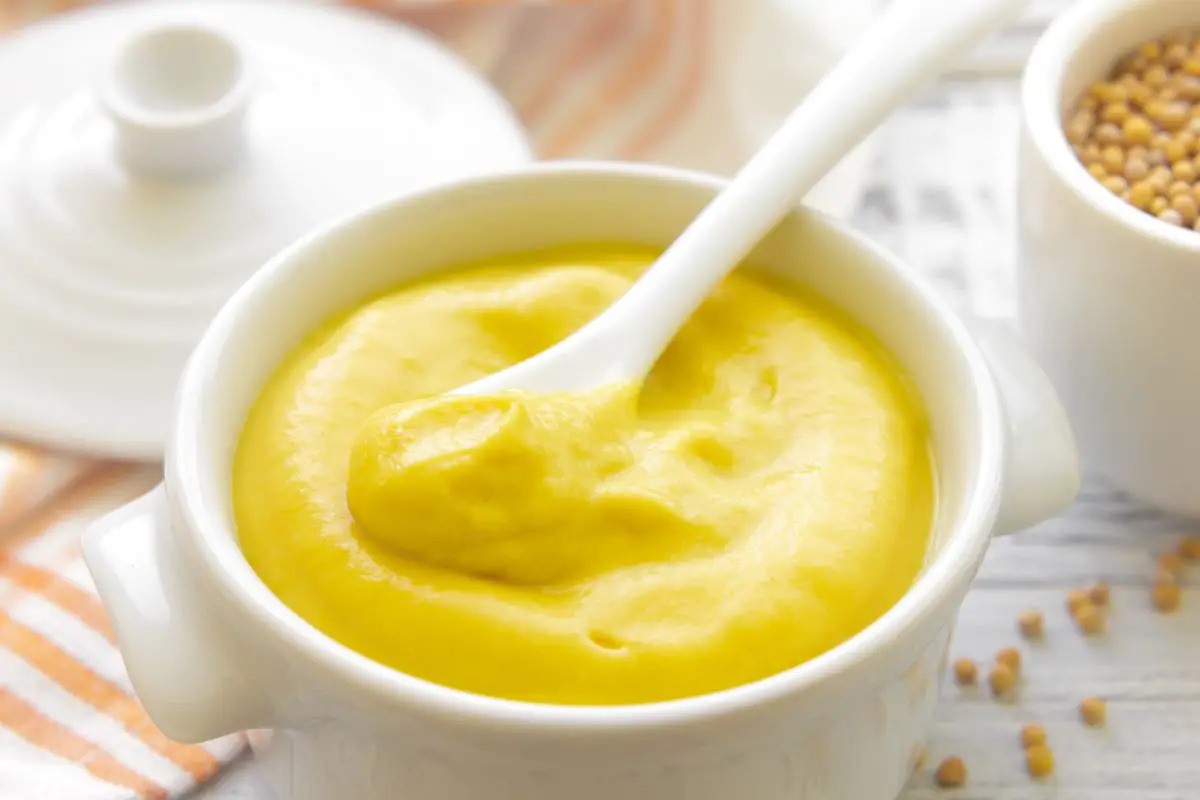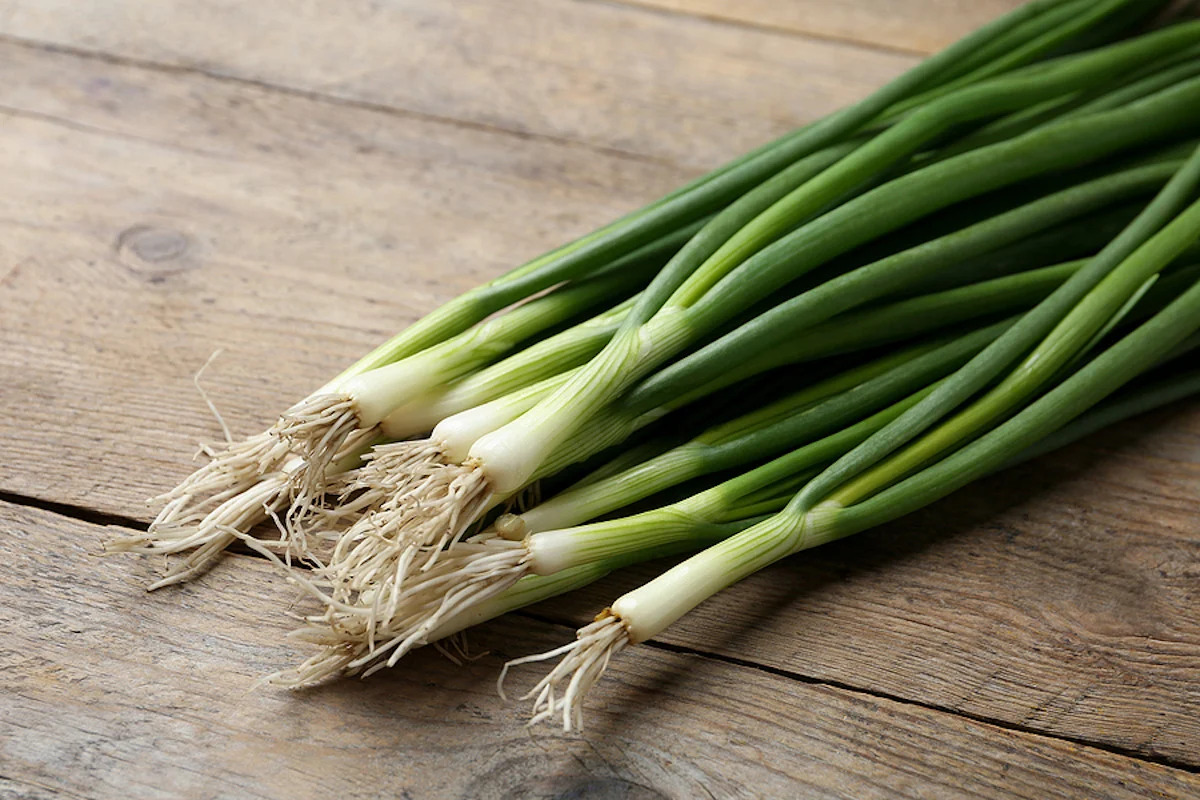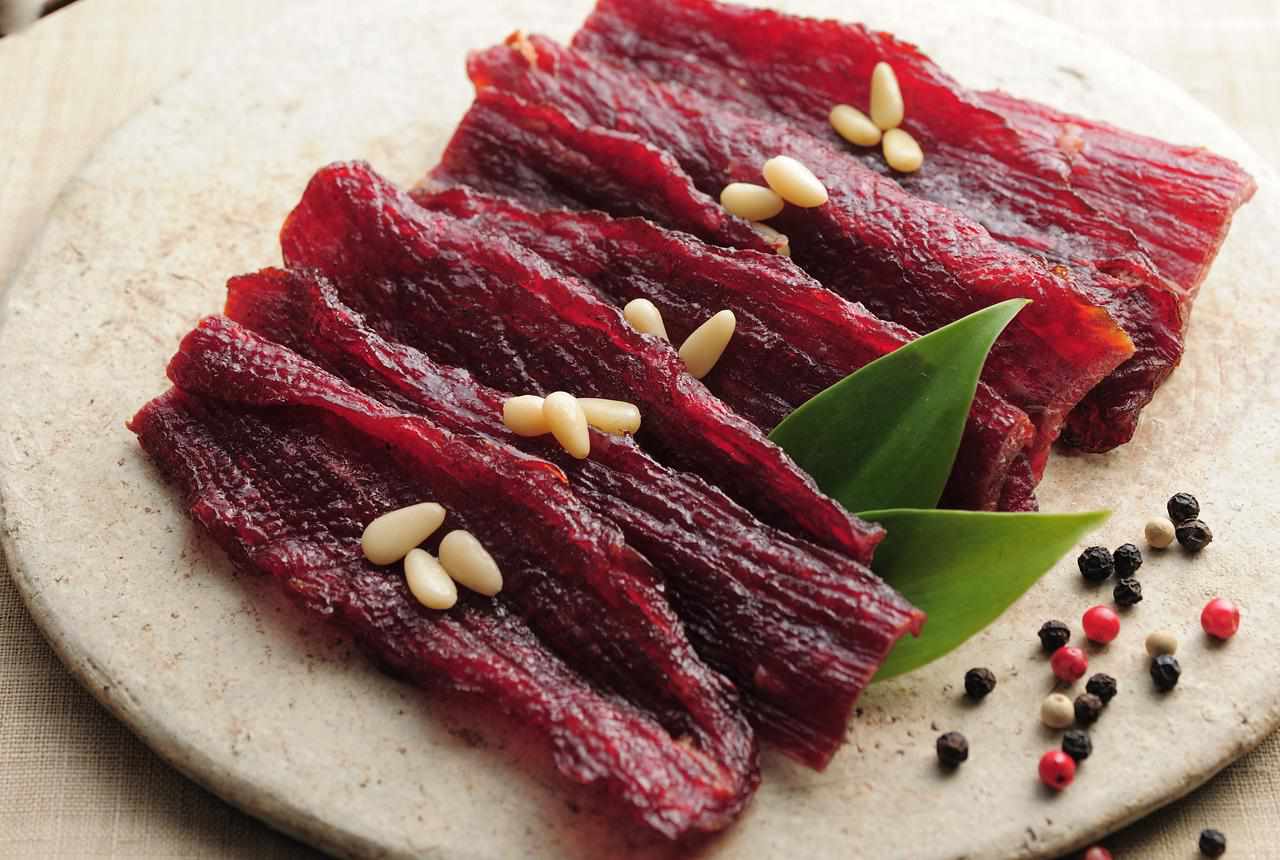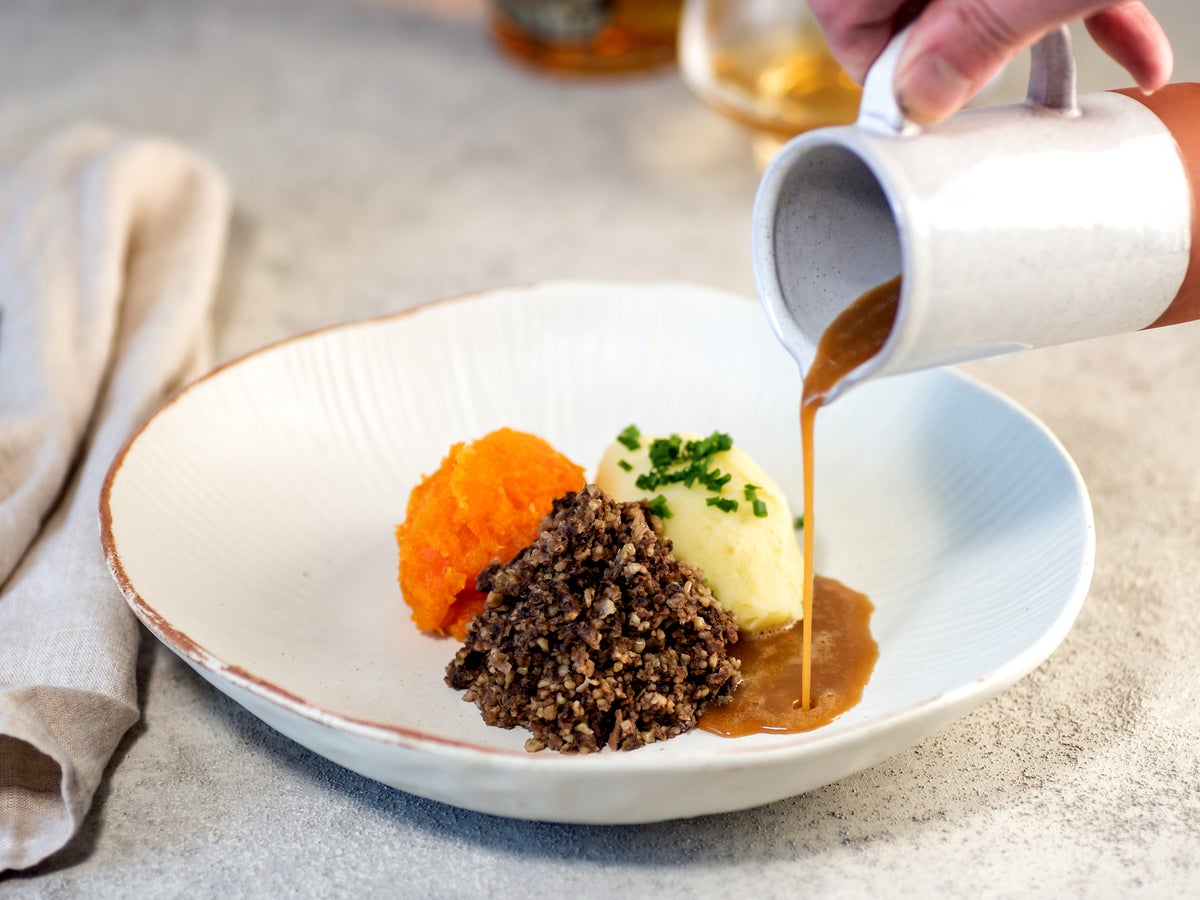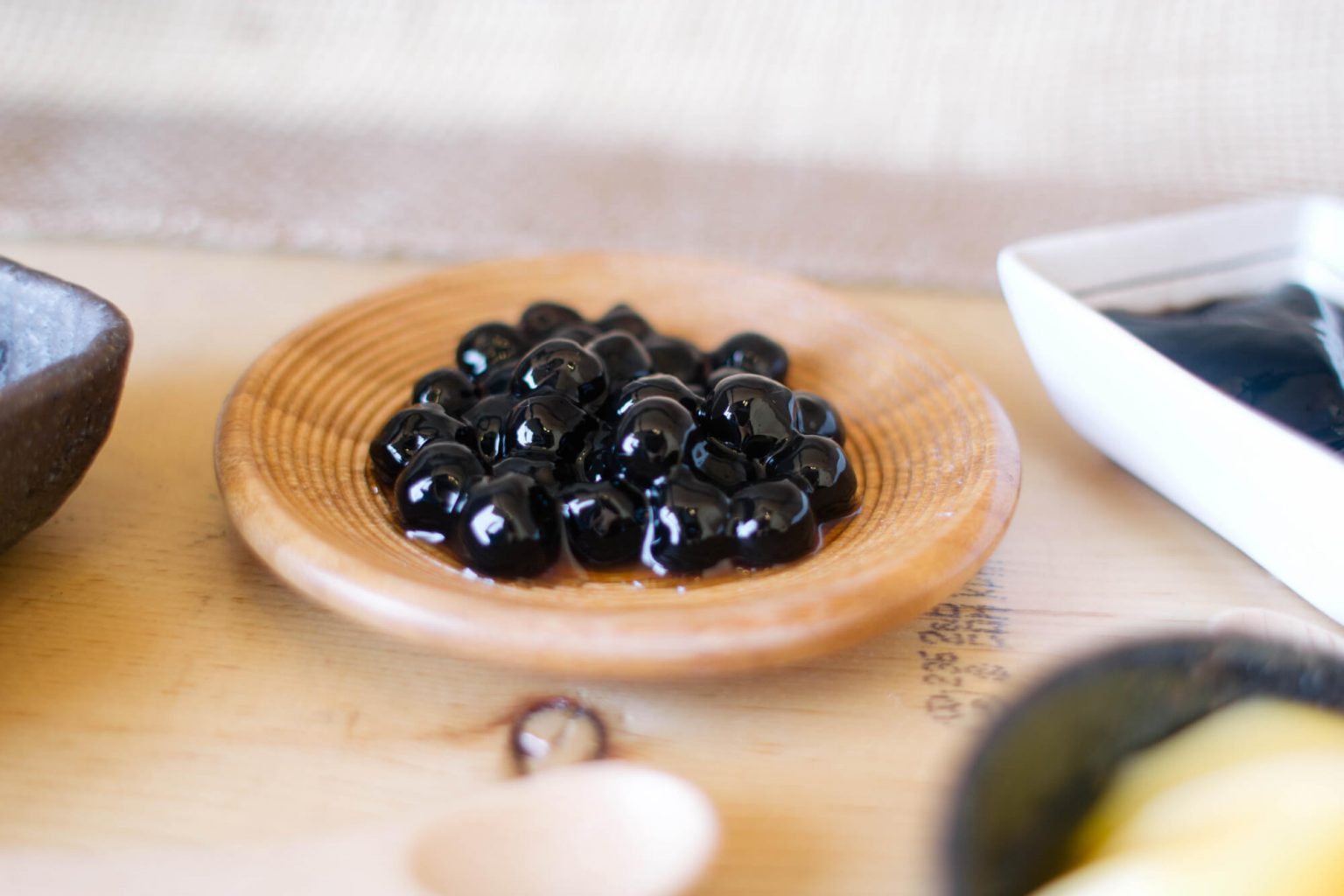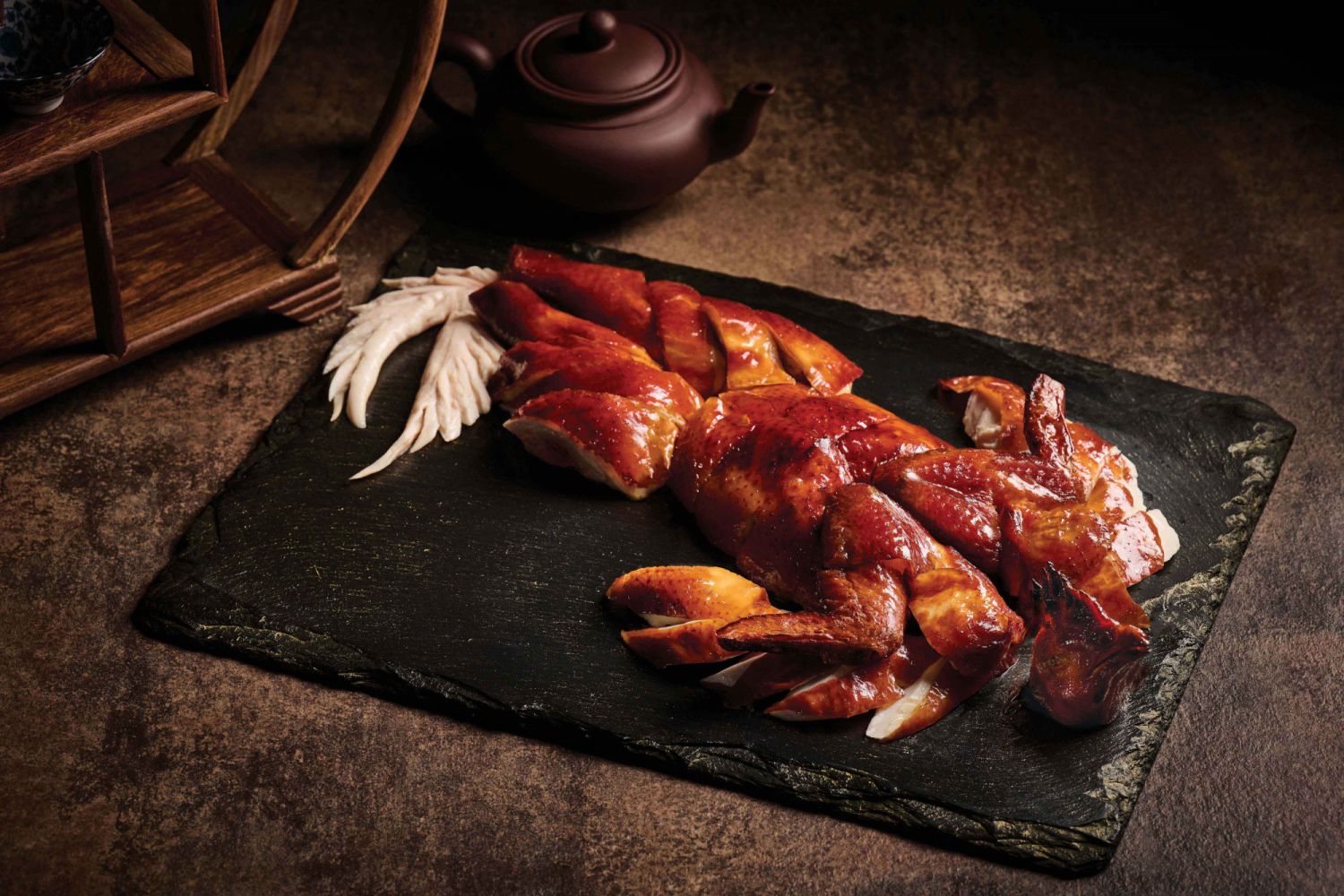Understanding Kimchi Without Fish Sauce
Kimchi is a traditional Korean dish that has gained popularity all over the world for its unique and tangy flavor. It is a fermented side dish made with a variety of vegetables, most commonly napa cabbage and Korean radishes, along with a mix of seasonings. One of the key ingredients in traditional kimchi is fish sauce, which adds a savory and umami flavor to the dish. However, for those who follow a vegetarian or vegan diet, or simply prefer to avoid fish products, making kimchi without fish sauce is a great alternative.
Ingredients in Kimchi Without Fish Sauce
When preparing kimchi without fish sauce, it’s important to find alternative ingredients that can replicate the savory and salty flavor that fish sauce provides. Here are some common ingredients used in fish sauce-free kimchi:
- Soy Sauce: Soy sauce is a popular substitute for fish sauce in kimchi. It adds a salty and savory flavor to the dish, helping to enhance the overall taste of the fermented vegetables.
- Miso Paste: Miso paste, made from fermented soybeans, can also be used to replace fish sauce in kimchi. It contributes a rich and complex flavor to the dish.
- Sea Salt: Sea salt is a simple and natural way to add saltiness to kimchi without using fish sauce. It helps to draw out moisture from the vegetables during the fermentation process.
- Kelp Powder: Kelp powder, derived from dried seaweed, can provide a subtle umami flavor to fish sauce-free kimchi. It adds depth to the overall taste of the dish.
Preparation of Kimchi Without Fish Sauce
Making kimchi without fish sauce follows a similar process to traditional kimchi preparation. The key is to ensure that the alternative ingredients used provide the right balance of flavors and aid in the fermentation process. Here’s a basic recipe for preparing kimchi without fish sauce:
- Prepare the vegetables: Wash and chop the napa cabbage, Korean radishes, and any other desired vegetables for the kimchi.
- Make the seasoning paste: In a bowl, combine ingredients such as Korean red pepper flakes, minced garlic, grated ginger, soy sauce, miso paste, sea salt, and kelp powder to create a flavorful seasoning paste.
- Coat the vegetables: Thoroughly coat the chopped vegetables with the seasoning paste, ensuring that they are evenly coated with the mixture.
- Fermentation: Place the seasoned vegetables in a clean, airtight container and allow them to ferment at room temperature for a few days to develop the characteristic tangy flavor of kimchi.
- Refrigeration: Once the kimchi has reached the desired level of fermentation, transfer it to the refrigerator to slow down the fermentation process and preserve its flavor.
The Flavor of Kimchi Without Fish Sauce
While traditional kimchi made with fish sauce has a distinct umami flavor, kimchi prepared without fish sauce can still offer a delicious and complex taste profile. The combination of soy sauce, miso paste, sea salt, and kelp powder contributes to a savory, tangy, and slightly spicy flavor that is characteristic of kimchi. The fermentation process further enhances the depth of flavor, resulting in a satisfying and probiotic-rich dish.
Whether you choose to make kimchi with or without fish sauce, the versatility of this Korean staple allows for adaptation to various dietary preferences and restrictions. By exploring different ingredient combinations and fermentation techniques, you can create a personalized version of kimchi that suits your taste and dietary needs.
In conclusion, kimchi without fish sauce is a flavorful and satisfying alternative for those looking to enjoy this beloved Korean dish while avoiding fish products. With the right combination of alternative ingredients and proper fermentation, you can create a delicious batch of fish sauce-free kimchi to enjoy as a side dish, condiment, or flavorful addition to your favorite recipes.
Was this page helpful?
Read Next: What Is The Dunkin’ Signature Latte


